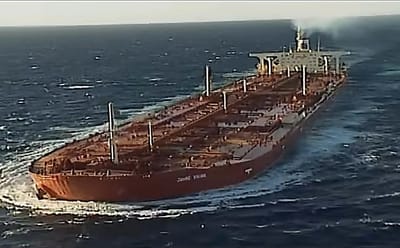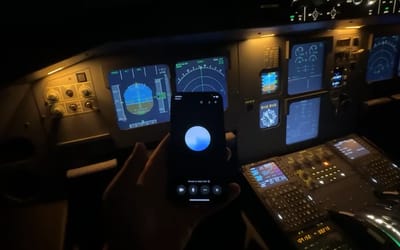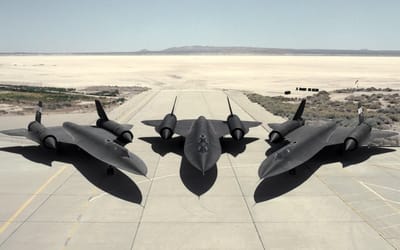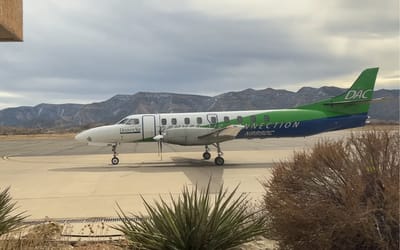Early footage of Tesla's FSD shows how far it's come in less than a decade
- Tesla’s FSD and Summon have been around for a few years
- Full Self Driving is fully autonomous nowadays
- But an early clip shows how it used to work, revealing its amazing progress
Published on Feb 03, 2025 at 5:58 PM (UTC+4)
by Alessandro Renesis
Last updated on May 15, 2025 at 6:28 PM (UTC+4)
Edited by
Kate Bain
We’ve come a long way since the early days of Tesla FSD, it was called Autopilot back then, and Tesla’s Summon mode.
In some cases, you can theoretically get in your Tesla and go a whole day without touching the wheel once.
It’ll likely get even better in the future, but we shouldn’t forget where it all started.
As you can see from the clip above, the early version of Summon wasn’t exactly worthy of a SciFi movie.
DISCOVER SBX CARS: The global premium car auction platform powered by Supercar Blondie
Summon vs Smart Summon
Summon is Tesla’s self-parking feature.
These days, Tesla calls it A.S.S., which stands for Actually Smart Summon.
If we can gloss over Elon Musk’s slightly amusing (albeit childish) sense of humor, the new system is indeed ‘actually smart’.
With Smart Summon, the car can park itself, and there aren’t really any ‘IFs’ or ‘BUTs’ to this statement.
People love it, but it took a while to get here.
In the olden days, Smart Summon was simply called Summon, and its practical use was limited.
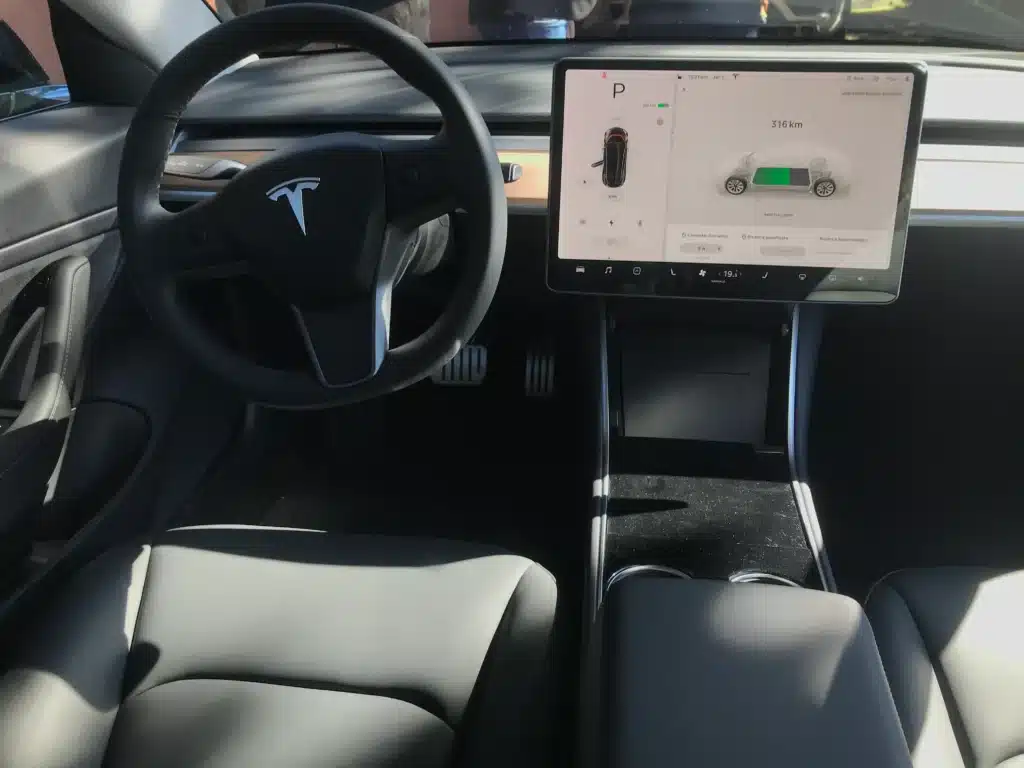
You could only do two things, drive backwards or forwards, and it was so slow and gimmicky it was just so much faster to simply park the car yourself.
In fact, it was only truly useful when the parking spot was too narrow to get out of the car after you parked.
The evolution of Tesla FSD
The technology that’s now known as FSD, Full Self-Driving, was first unveiled in 2014 as ‘Autopilot’.
Teslas used various ADAS (Advanced driver-assistance systems) to put together something that more or less looked and felt like self-driving.
The car would essentially engage lane control and combine it with a slightly more sophisticated version of something that has existed for ages: cruise control.
The result was the car’s ability to stay in a lane at a fixed speed for miles, and brake automatically if needed.
It felt futuristic back then, but it looks pretty rudimentary now.
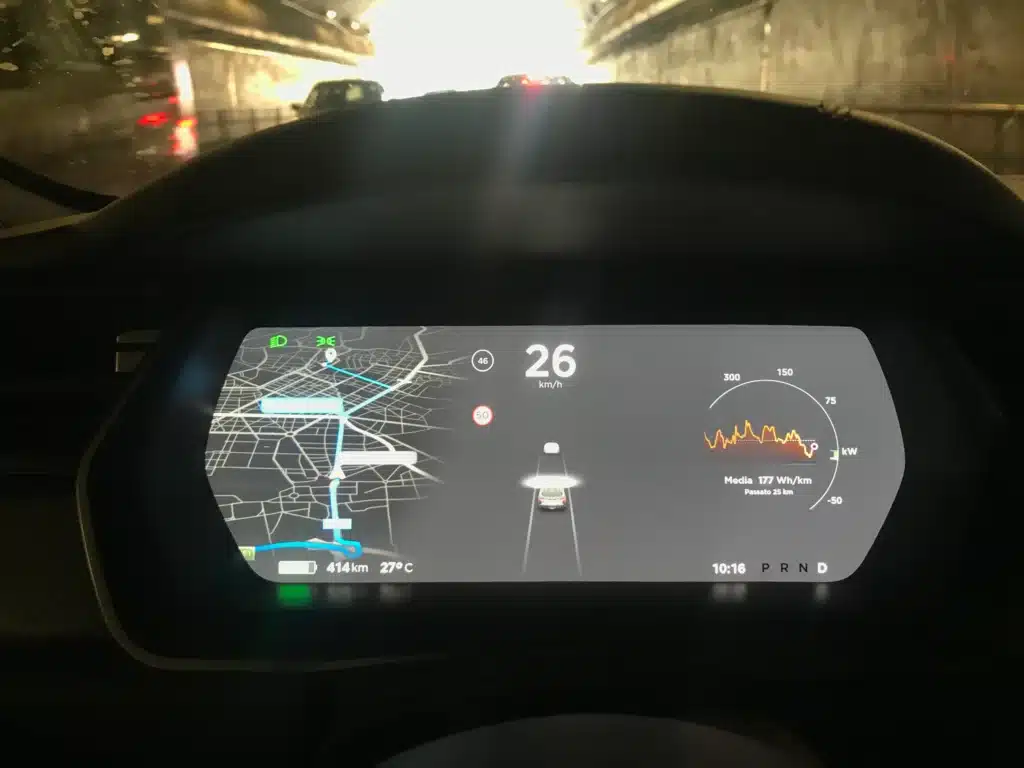
Unfortunately, it was also not particularly useful in certain markets for regulatory reasons.
In the EU, Autopilot could be engaged, but the car would require the driver to ‘nudge’ the steering wheel every few seconds.
We wish we could tell you this was an exaggerated metaphor but it literally was every few seconds.
This was designed to make sure the driver was awake, and alert.
While the reasoning behind it is clear, and understandable, it made Autopilot moot.
These days, FSD still works on a similar principle, but it is infinitely better.
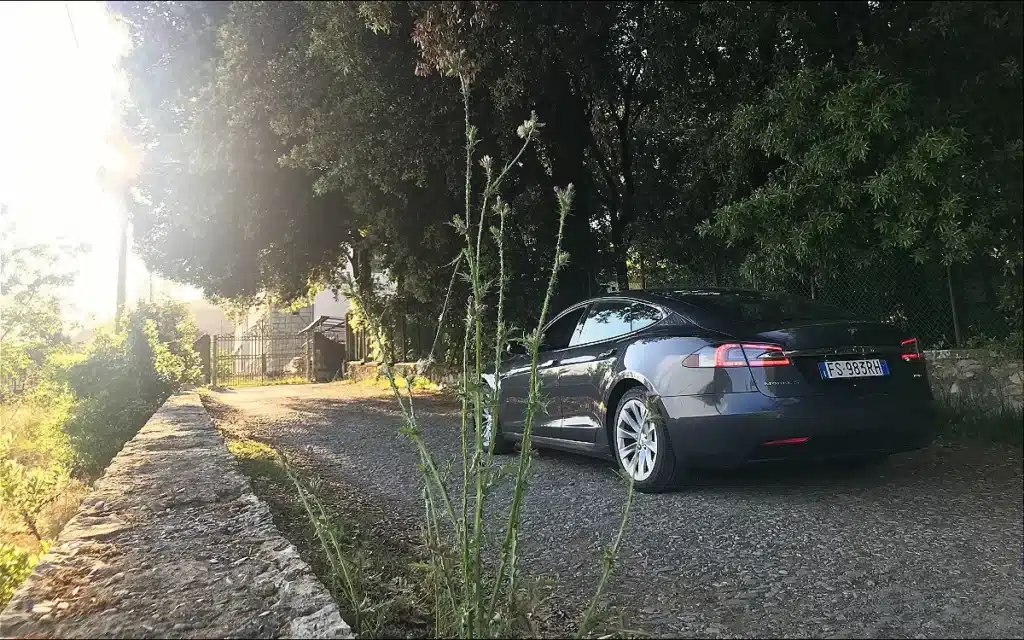
Most companies use lidars, but Tesla (along with Chinese rival XPeng) uses only cameras.
With FSD, which will be available completely Unsupervised in Texas soon, Teslas are perfectly capable of driving their owners from A to B with no human interaction.
According to Musk, all cars on the road will eventually be autonomous, and driving a car the way we do today will be the same as riding a horse, ie something only you do for fun.
Musk said this will happen in 20 years, while some people believe it won’t be the case for another 200 years.
The truth is probably somewhere in the middle, like it always is.

